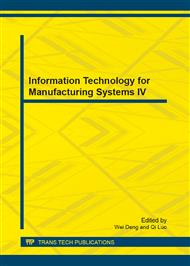p.177
p.181
p.186
p.193
p.201
p.205
p.212
p.217
p.222
Physical and Mechanical Properties of Fired Clay Bricks Incorporated with Cigarette Butts: Comparison between Slow and Fast Heating Rates
Abstract:
In general, firing process in brick manufacturing could affect the properties, colours and appearance of the brick. The main purpose of this study was to evaluate the effect of different heating rates on physical and mechanical properties during the firing of standard bricks and bricks incorporated with cigarette butt (CB). In this investigation, two different heating rates were used: slow heating rate (2oC min-1) and fast heating rate (5oC min-1). Samples were fired in solid forms from room temperature to 1050oC. All bricks were tested for their physical and mechanical properties including compressive strength, initial rate of absorption and density. Higher heating rates decrease compressive strength value but slightly increase the initial rate of absorption and density properties respectively. In conclusion, higher heating rates are able to produce adequate physical and mechanical properties especially for CB Brick.
Info:
Periodical:
Pages:
201-204
Citation:
Online since:
September 2013
Authors:
Price:
Сopyright:
© 2013 Trans Tech Publications Ltd. All Rights Reserved
Share:
Citation:


